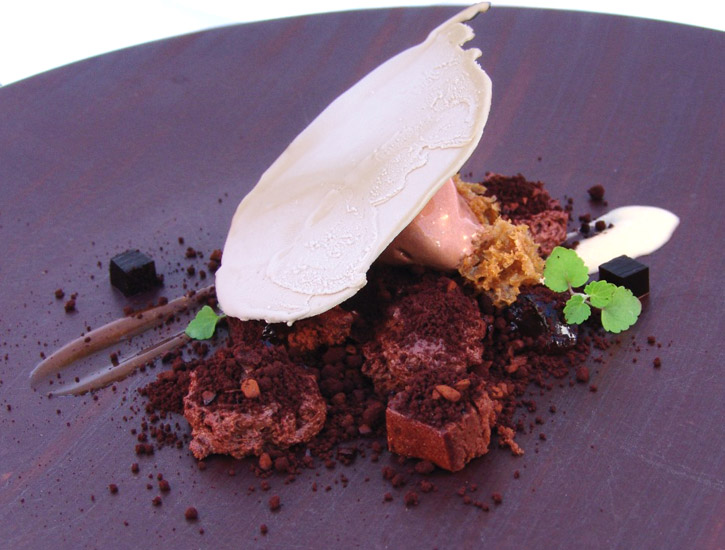Emulsion Stabilizers and Emulsifiers
Traditional emulsifiers such as dairy and eggs continue to be widely used in modernist cuisine. Where modernist technique innovation comes in is with the addition of emulsion stabilizers and modern surfactant emulsifiers.
Emulsion Stabilizers
Modernist thickeners and gelling ingredients can make emulsions more stable. Besides giving emulsions more texture, thickeners also help to slow down the rate at which emulsions separate. As the liquid is more viscous, the suspended droplets can't move around so easily to eventually combine in a specific area. This is important for everything from a sauce, which needs to stay emulsified for as long as it would take a diner to eat it, to ice cream, which needs to stay emulsified to prevent the growth or ice crystals.
Agar, carrageenan, gellan, gelatin, guar gum, sodium alginate and xanthan gum can all be used as emulsion stabilizers. You can learn more about each of these ingredients in our Hydrocolloid Guide.
The below recipe for Caramel Poached Apples with Walnut Ice Cream calls for "ice cream stabilizer." Being the molecular chefs we are, we know that this ingredient actually means a hydocolloid thickener like carrageenan or locust bean gum.
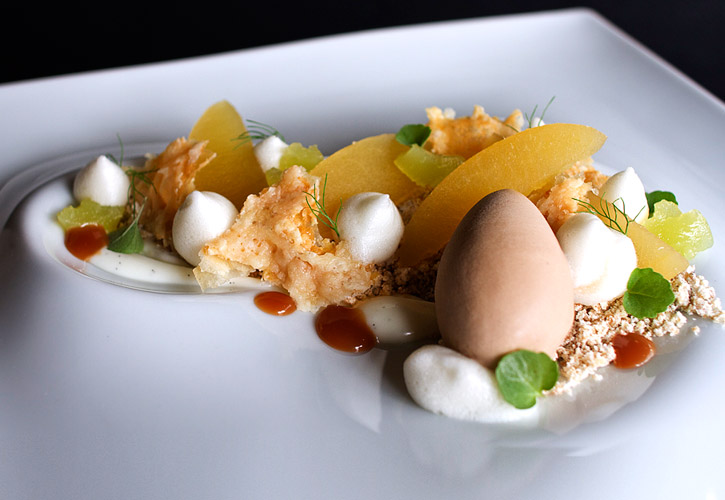
Carrageenan is often used in ice cream and dairy preparations because its thickening properties are strengthened in the presence of calcium, which naturally occurs in dairy. But, that doesn't mean you can't also use our favorite hydrocolloid, xanthan gum, to thicken an ice cream. In this recipe for encapsulated Strawberry Ice Cream Cheesecake, a small amount of xanthan goes a long way toward keeping this ice cream from melting on the plate.
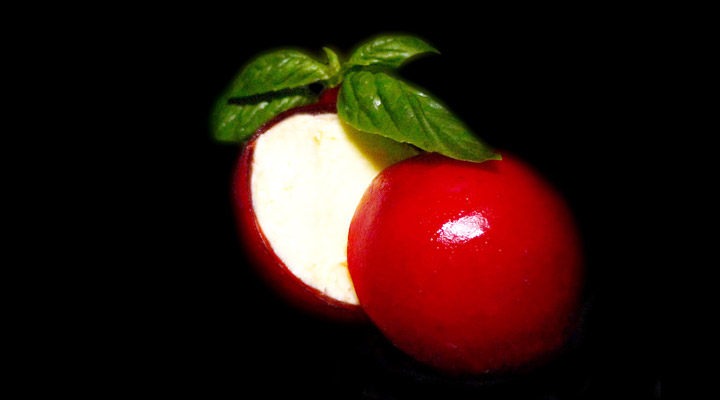
Thickeners aren't the only ingredients that can breathe unique textures into emulsions. In this recipe for Cheesecake with Rhubarb, Lemon, and Bay Leaf, Chef Russell Karath uses gelatin and cornstarch to give his cheesecake (an emulsion with cheese) a smooth, creamy mouthfeel and a not-quite-liquid not-quite-solid texture.
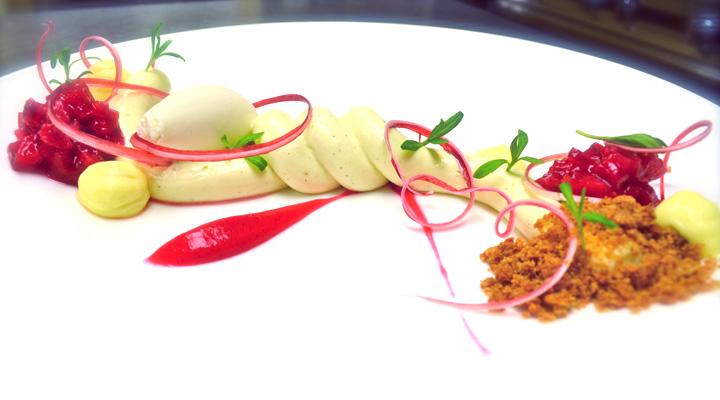
Modern Surfactant Emulsifiers
As we mentioned before, an interesting application of emulsifiers in molecular gastronomy is to make unique emulsions without traditional emulsifiers such as egg and dairy to create new flavors and textures. One example of this are "creams" without any dairy which are also called constructed creams. Just pick an oil and a liquid and use one of the modernist emulsifiers to create a new cream. You can use nut oils, rendered fat from bacon or other meat products, olive fat, etc. to make a delicious velvety constructed cream.
Some frequently used emulsifiers in molecular gastronomy are:
Glycerin Flakes (fatty acid ester, mono & di-glycerides): W/O emulsifier. Used to make oil that spreads like butter, cheese, frozen custard, ice cream and other applications.
Sucrose Ester: O/W emulsifier. There are a wide range of sucrose esters but ours is great for O/W emulsions such as dairy, sauces, ice creams and mousses.
Soy Lecithin: O/W emulsifier. Most commonly used in modernist cuisine to make light foams, soy lecithin is also a great emulsifier for sauces, frozen desserts and confectionery.
In the Mango and Black Olive Discs recipe, molecular gastronomy Chef Ferran Adria used fat and water from black olives to create an emulsion with sucrose ester and glycerin as filling between two mango croquant discs.
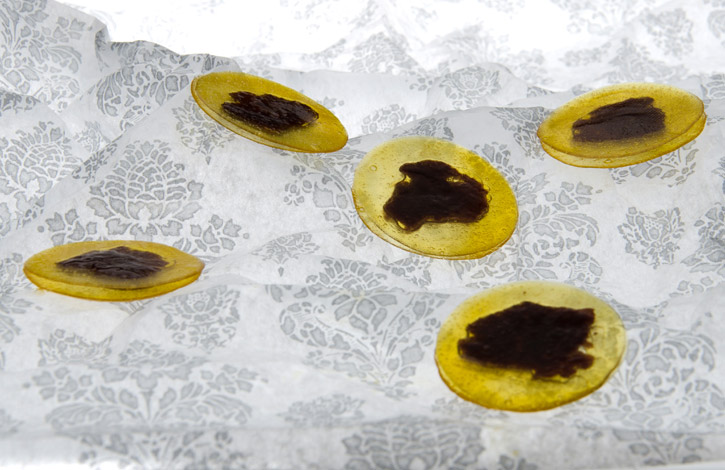
In the recipe Belgium Ale – Chocolate, Coffee, Black Olives Chef Jordi Cruz uses sucrose ester and glycerin to make a coffee butter shingle with butter and espresso.
